Diablo 4 is taking the gaming world by storm and the player base has thoroughly enjoyed the more open-world, hellish aspects of Sanctuary. The world holds a lot of beauty in its fictional dark-age setting and the graphical prowess of the game shows us so. But not every player will be able to enjoy the game’s visual aspects to their fullest because Diablo 4 can be quite taxing on the average PC.
To fix this, we will be providing you with optimal settings for your PC to run the game on. But before that, you will need to check if your PC’s specifications meet the requirements that the game needs to run smoothly.
Diablo 4 system requirements
To know which settings will work best on your system, you will first need to compare your system specifications to the minimum and recommended requirements that Blizzard has provided us.
- Minimum requirements
- Processor: Intel Core i5-2500K or AMD FX-8350
- Memory: 8 GB RAM
- Graphics: NVIDIA GeForce GTX 660 or AMD Radeon R9 280
- DirectX: Version 12
- Storage: 45 GB
- Recommended requirements
- Processor: Intel Core i5-4670K or AMD R3-1300X
- Memory: 16 GB RAM
- Graphics: NVIDIA GeForce GTX 970 or AMD Radeon RX 470
- DirectX: Version 12
- Storage: 90 GB (SSD preferred, especially for high-quality assets)
If your system meets the minimum requirements, you should be able to run the game on its lowest settings with no problem. If your PC leans more toward the minimum requirements rather than the recommended requirements, we recommend not downloading high-quality assets. This is because the HD assets will take up more space and make the game run more sluggish on lower-end PCs.
Related: How to play Diablo 4 on a Mac
Whatever the case may be, running the game smoothly is integral for optimal performance. Especially if you are playing the game in higher World Tiers such as Nightmare and Torment and running the powerful Nightmare Dungeons.
Best PC settings to run Diablo 4 on lower-end systems
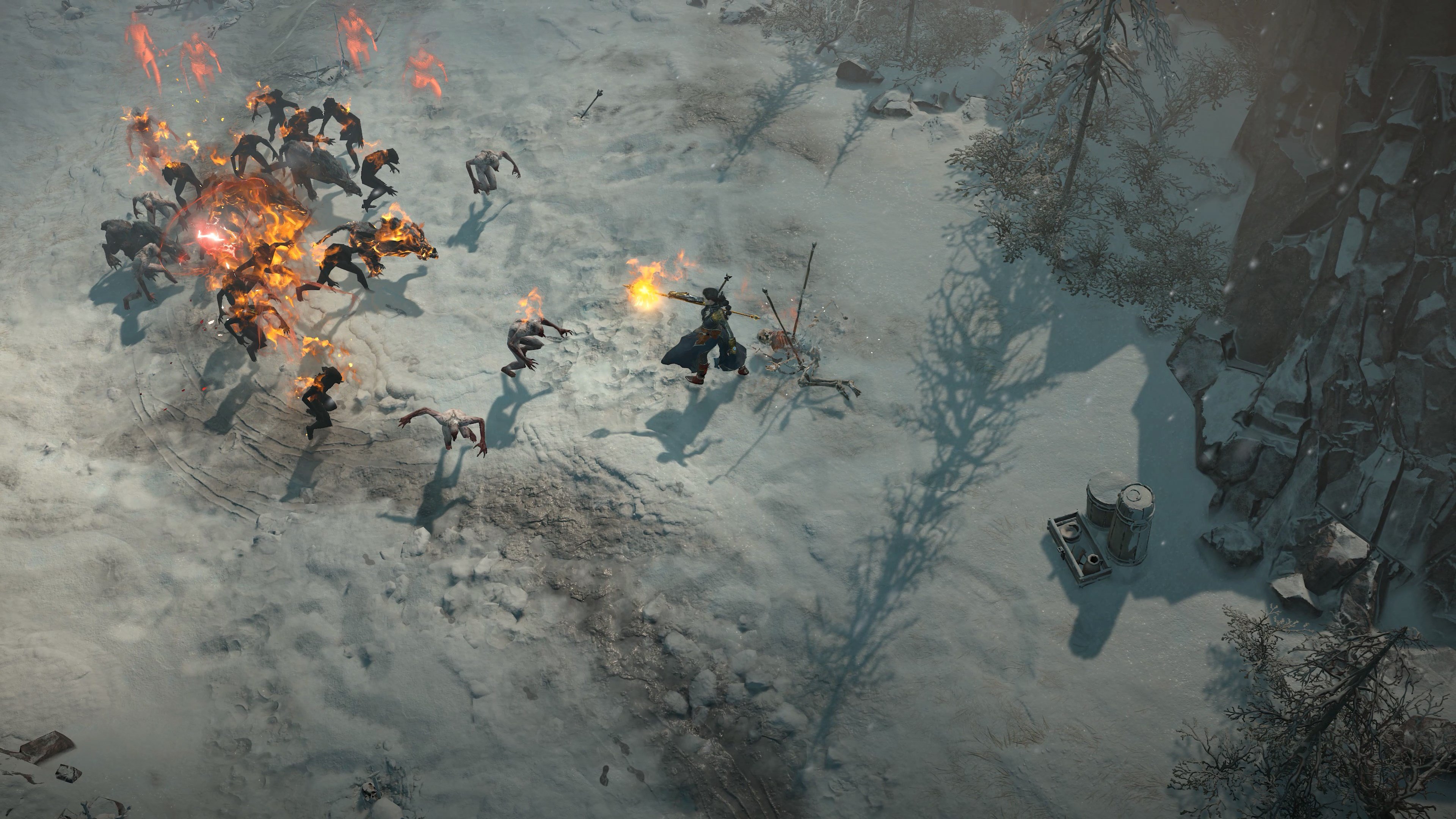
If your PC’s specifications lie somewhere between the minimum and recommended requirements, there are a few tweaks you can make to the settings to make the game run smoother. First off, make sure you have updated your graphics drivers to their latest versions, be it NVIDIA or AMD. Once you have them updated, these core settings should be moved down to the low preset.
- Texture Quality: Low
- Shadow Quality: Low
- Shader Quality: Low
- SSAO Quality: Low
- Fog Quality: Low
- Clutter Quality: Low
- Fur Quality: Low
- Water Simulation Quality: Low
- Anti-Aliasing Quality: Low
- Physics Quality: Low
- Particles Quality: Low
- Reflection Quality: Low
- Geometric Complexity: Low
- Terrain Geometry Detail: Low
Next, these settings should either be turned off or tuned down as low as possible. High quality shadows and reflections are generally the culprits when it comes to poor performance on lower-end systems, so make sure to tackle those first.
- Anisotropic Filtering: 4x
- Dynamic Shadows: Off
- Soft Shadows: Off
- Screen Space Reflections: Off
- Distortion: Off
- Low FX: On
And finally, since the graphical issues have been tackled, there are a few performance-related settings that need to be addressed as well.
- Resolution Percentage: 100%
- Max Foreground FPS: 120/60
- Max Background FPS: 8
- Frame Generation: On
- NVIDIA DLSS: Off
- NVIDIA Reflex Low Latency: Enabled + Boost
Generally, your graphics driver should pick out the best settings for your system, but if not, this is the ideal place to start at. If you feel like your game’s performance isn’t being affected too much, you can perhaps tweak these settings and turn them up a little higher each time to get an ideal balance between graphical integrity and seamless performance.
Best Diablo 4 settings for high-end systems
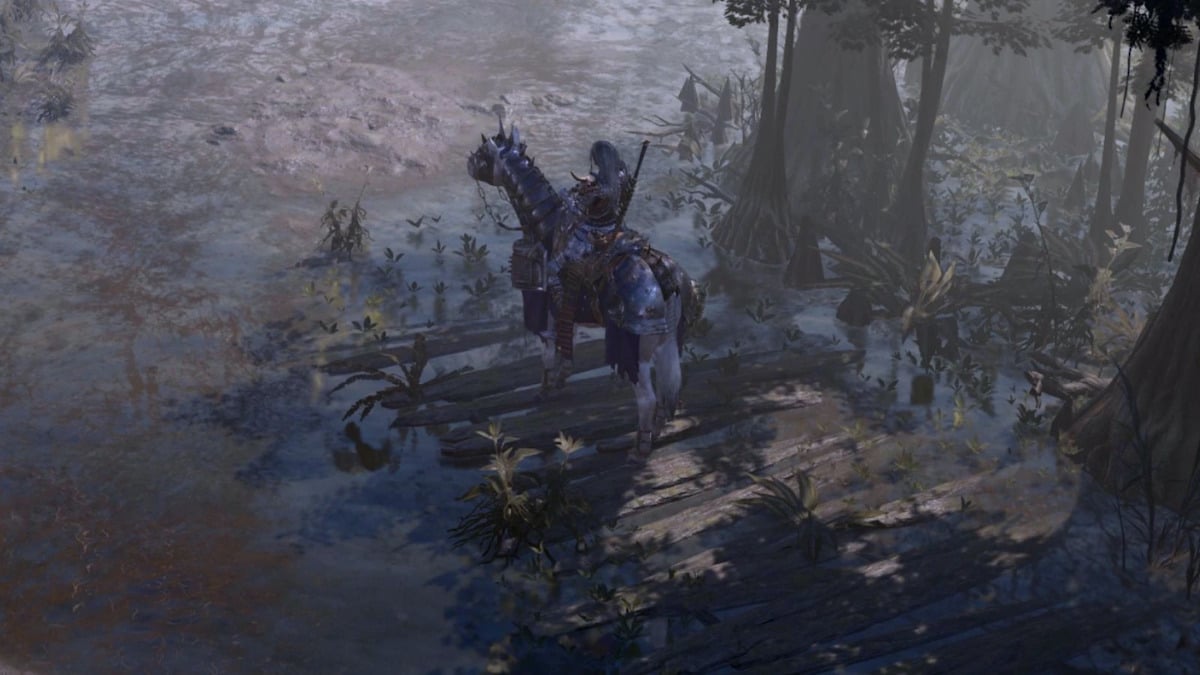
When it comes to higher-end systems, you should have a lot more flexibility with your settings. While the performance settings are largely the same, the graphical settings will be changed based on whether your system specifications are at the recommended requirements or far beyond that.
If your system is beyond the recommended requirements, then your settings should look a little something like this.
- Texture Quality: High
- Shadow Quality: High
- Shader Quality: High
- SSAO Quality: High
- Fog Quality: High
- Clutter Quality: High
- Fur Quality: High
- Water Simulation Quality: High
- Anti-Aliasing Quality: High
- Physics Quality: High
- Particles Quality: High
- Reflection Quality: High
- Geometric Complexity: High
- Terrain Geometry Detail: High
- Anisotropic Filtering: 16x
- Dynamic Shadows: On
- Soft Shadows: On
- Screen Space Reflections: On
- Distortion: On
- Low FX: Off
If your graphics driver chooses the highest settings for you, download the high-quality assets (around 45 GB) to make Diablo 4 look stunning. These changes are ideal for having a fun game experience because Diablo 4 is quite long and the ending will leave you wanting more, possibly keeping the game open for an expansion as its predecessors have done.


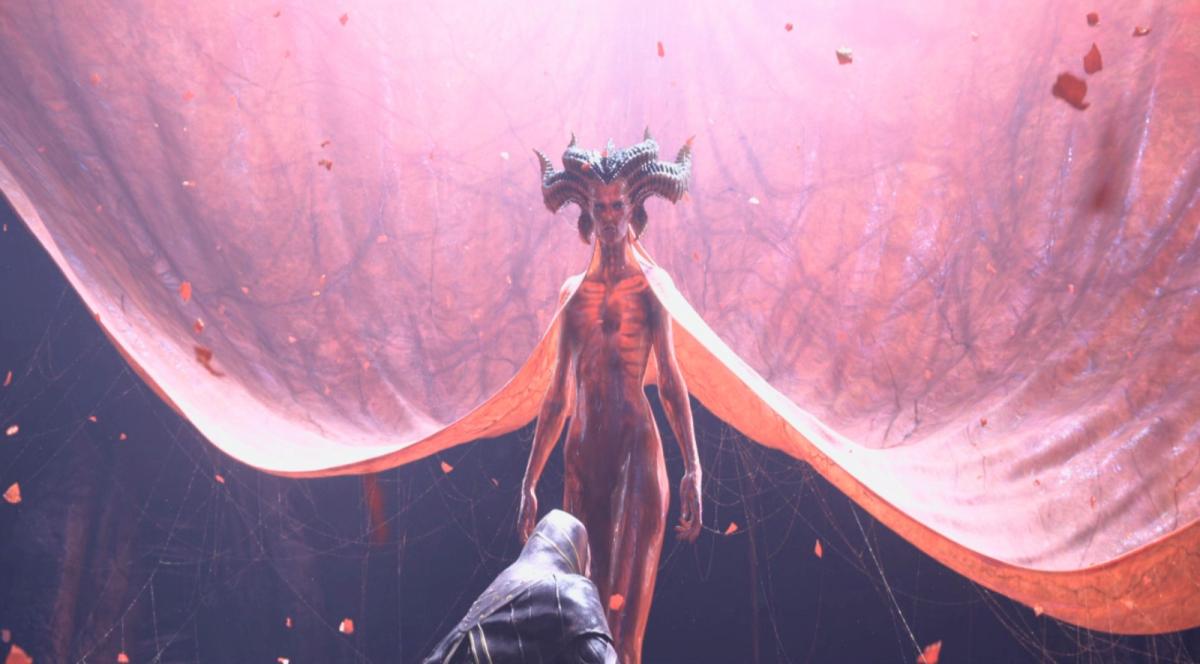

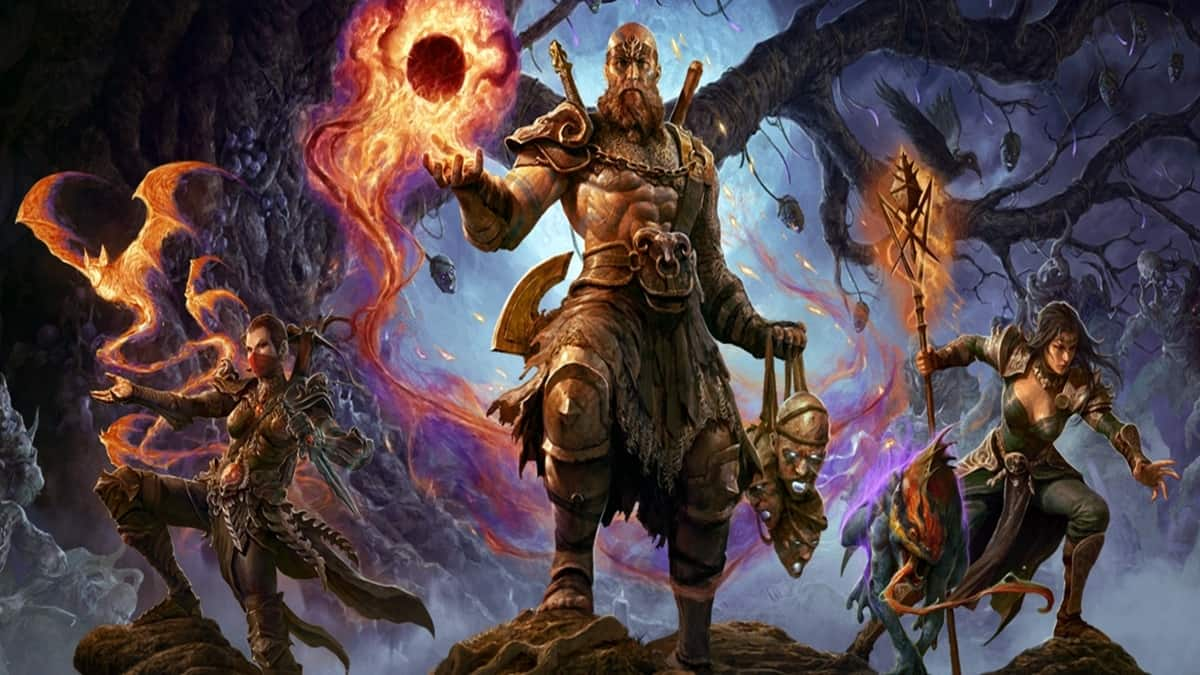
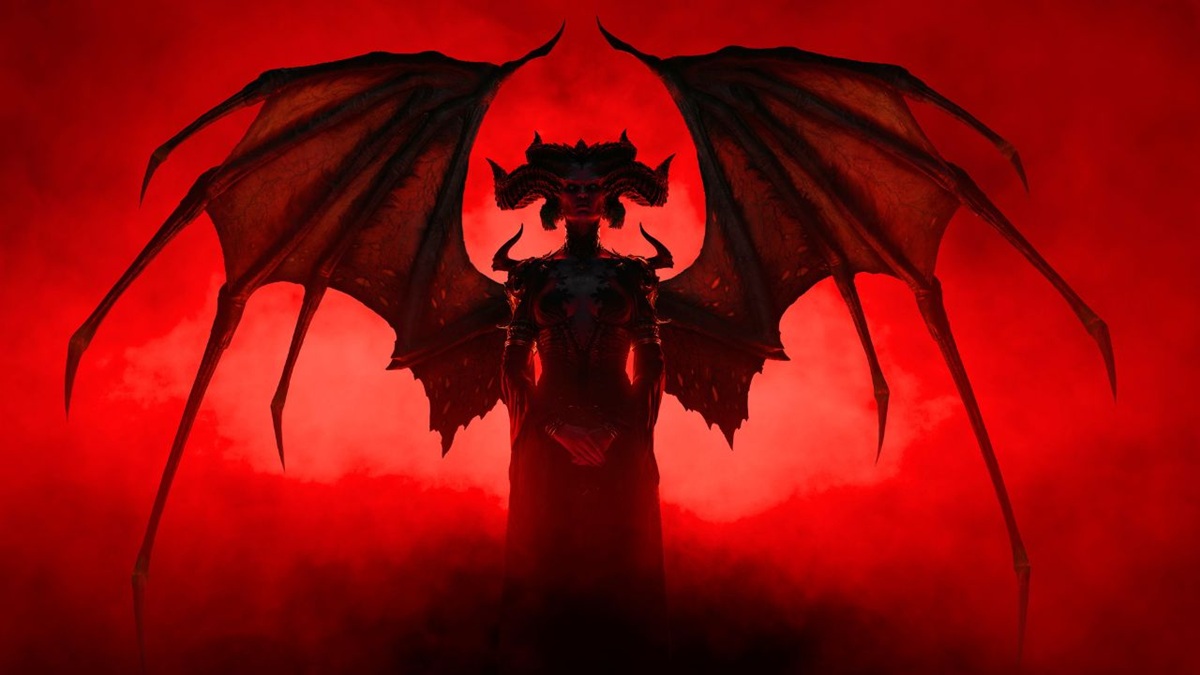

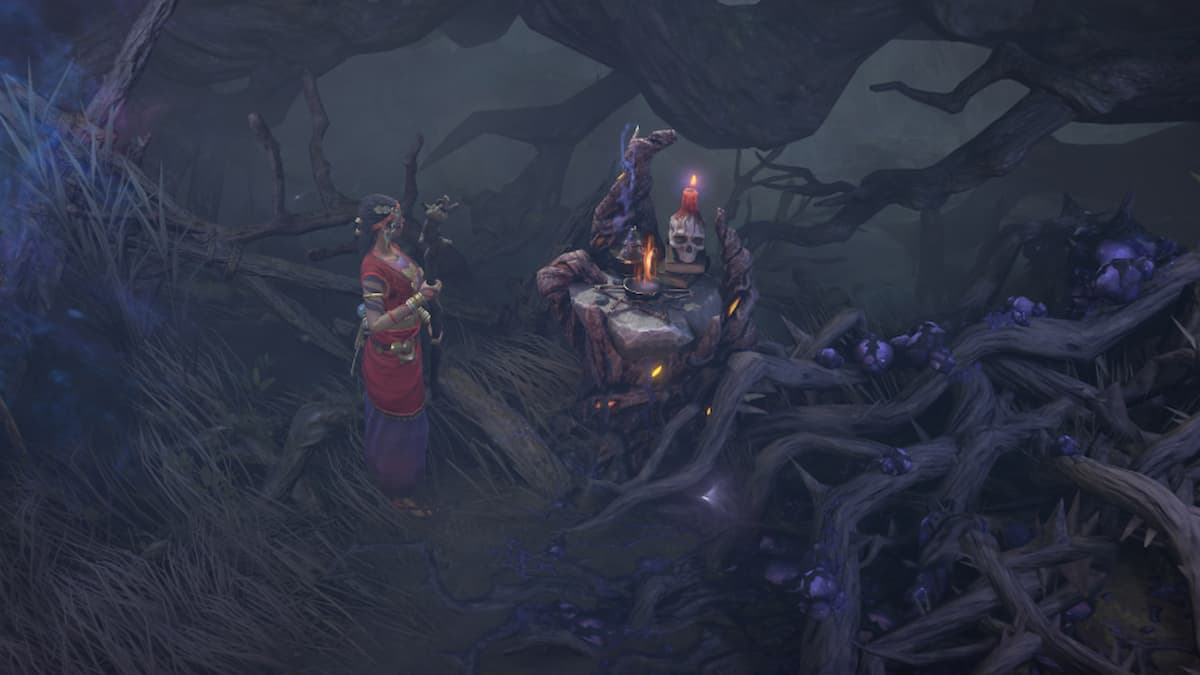

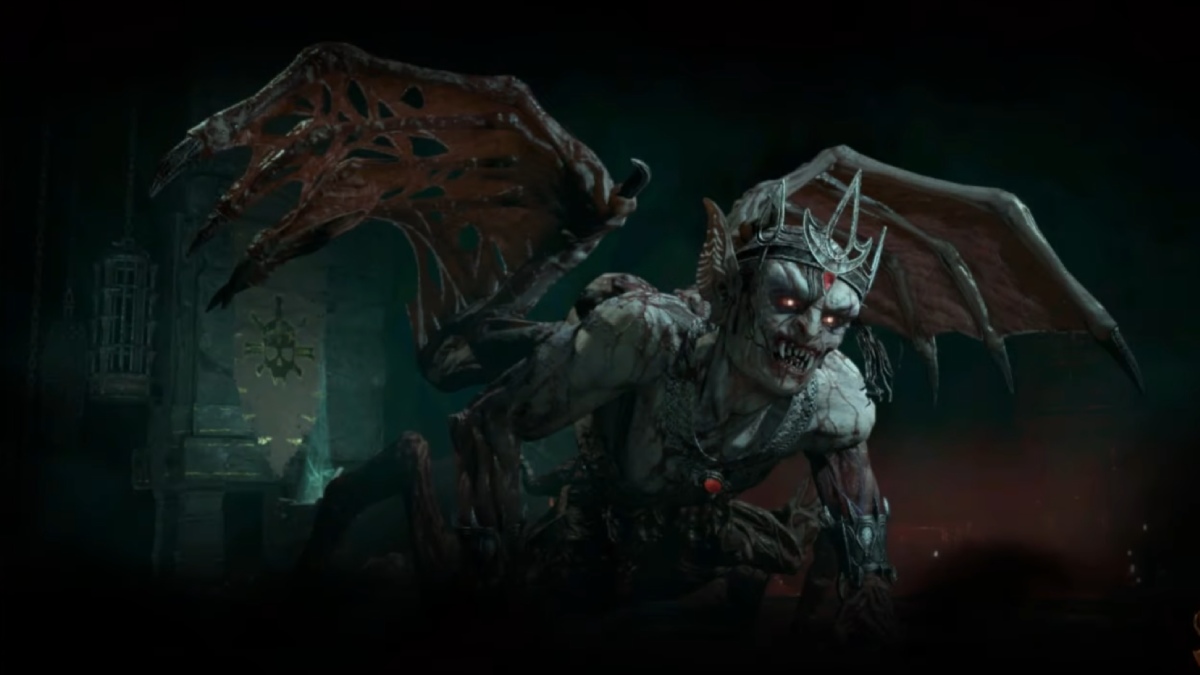
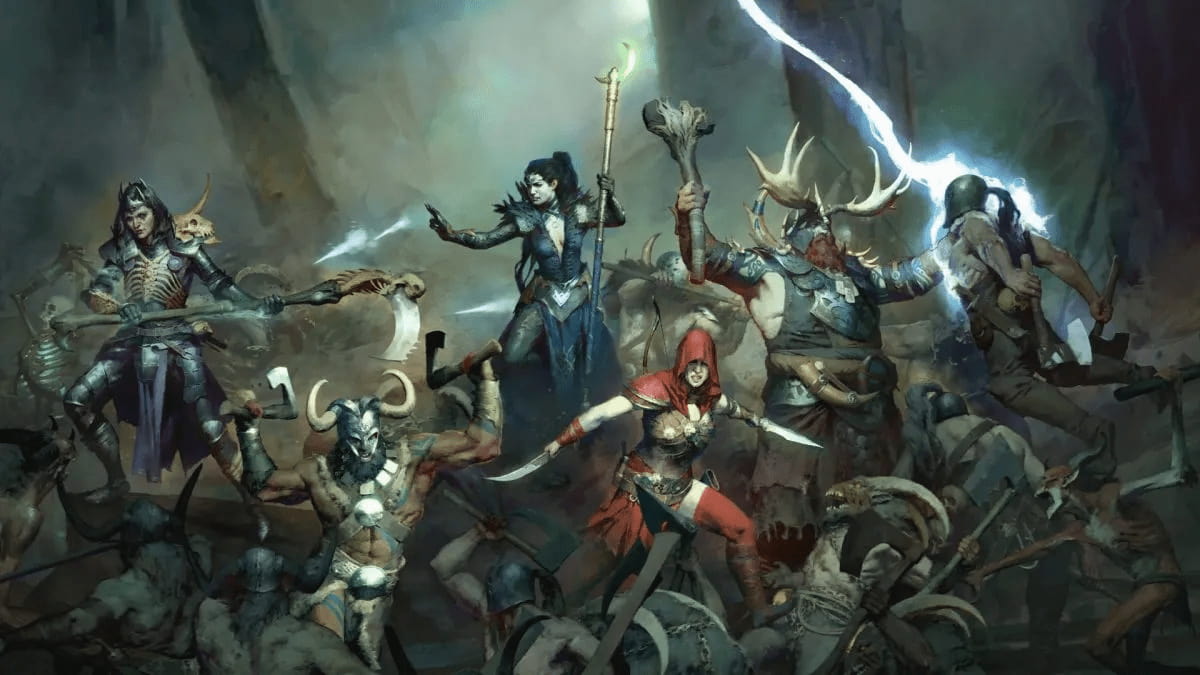

Published: Jun 20, 2023 03:49 am